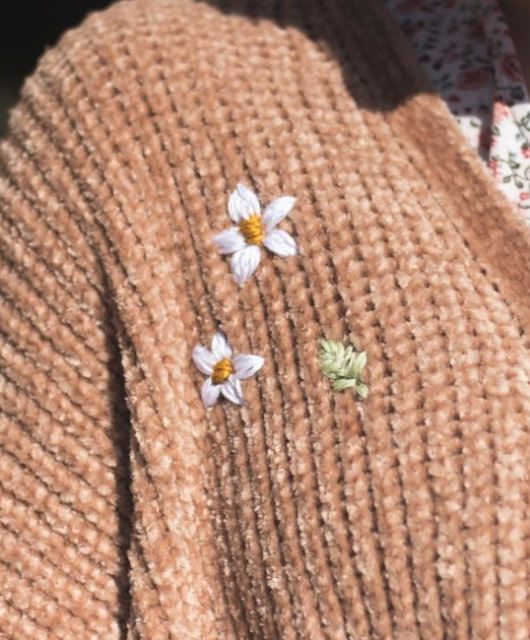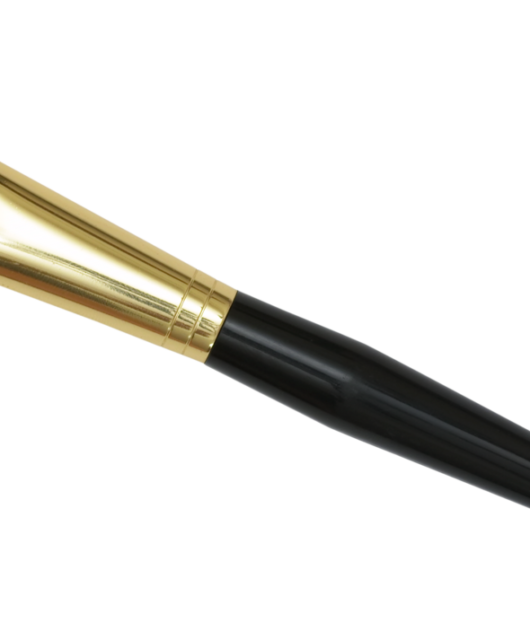5 Tips for Keeping Clothes Looking Like New

Going shopping for new clothes can be a lot of fun, but if you’re forced to shop because your clothing is faded, snagged, and in bad shape, that predicament might take away some of the fun. It’s unrealistic to believe your clothing could last forever, but you ought to be able to extend the life of certain items.
By making a few simple changes to the way you care for your clothes, you’ll be able to wear your favorite items for a longer time than you’re accustomed to. Follow these five tips.
1. Sort Clothes by Fabric Type for Washing
You were probably taught from a young age to sort your clothes by color. The idea was to prevent a darker-colored T-shirt from bleeding onto your white blouses.
This is a good practice, but it’s not the only way to sort your wardrobe. You should also do it by the fabric and type of clothing article.
For starters, you can extend the life of a cotton shirt by washing it separately from your jeans because it won’t snag on buttons, zippers, or other hardware in the wash. Also, you can set the washer to appropriate water temperatures and cycle times by processing your delicates separately from more durable pieces.
2. Keep the Moths Away
Does a reference to moths give you flashbacks of visiting grandma and the strong smell of mothballs that came from her bedroom? Grandma knew that moths love to lay their eggs in the soft fabric of cashmere sweaters, suede jackets, and woolen coats. Once the larvae hatched, they’d eat your clothes, even if the materials weren’t old and dusty.
“Your textiles and clothing don’t need to be ‘old’ or ‘historic’ for clothes moths to be attracted to them,” explains a report on moth infestations from Moth Prevention. “Once moths have laid their eggs it will only be a week or so before their larvae are damaging your precious clothes or carpets.”
If you want to protect your clothes and make them last longer, invest in moth-prevention products such as moth killer papers, eco-friendly insecticides, hanging moth proofers, and similar defensive tools.
3. Tricks for Preserving the Colors
Fading colors are one of the main complaints by people who don’t know how to care for their clothes properly. Here are some of the most useful practices for keeping the dyes vibrant in your favorite pieces.
- Add a teaspoon of pepper to your wash. It sounds like a strange tip, but it will keep colors bright and prevent running of the dyes.
- Soak your clothes in a bowl of vinegar when you first buy them. After that, wash only as the label directs. The combination effectively locks the colors so they last longer.
- You can also add a cup of vinegar to your clothes every few washes as a natural fabric softener and a useful tool for to discourage color runs. Don’t worry: Your detergent will counteract the smell of the vinegar, so your clothes come out smelling fresh.
- Don’t put clothes in the dryer because heat loosens the dye. Line-dry as many items as possible, and when you put articles in the dryer, don’t over dry them.
- Turn clothes inside out. It reduces wear and tear and avoids dulled colors early on.
- Wash dyed articles of clothing in cold water. Most detergents work well in cold water, and unless the item is heavily soiled, you shouldn’t have a problem getting them clean.
4. Wash Your Jeans Less Often
Denim is one of the most practical articles of clothing. It’s designed to take a beating from everyday wear without showing a lot of stains, wrinkling, or the parts of our bodies we don’t like.
Because of the durability, color, and type of the fabric, denim doesn’t need to be washed as frequently as some other articles. So instead of washing frequently, wash once every few weeks.
You can also spot-treat stains and spills, then slide your jeans into a zip-lock bag and put them in the freezer for a few days. This will kill bacteria, eliminate odors, and make them feel magically clean.
Keeping your jeans out of the wash means you won’t have to worry about them snagging on other articles of clothing. It also prevents the heavy dyes used in denim from fading, running, and staining your other outfits.
5. Wash It Right
There’s a lot to be said for the way that you wash clothes. Using the wrong detergent or setting a machine on an improper cycle will cost you, no matter how cheap or expensive the fabric.
Start by reading the labels, and use your best judgment. If the label says you should hand-wash an item, that’s a recommendation for the best results. You could probably throw most items labeled as hand-wash in the machine, to be honest; just tap into common sense on this one.
Use the delicate cycle for the obviously delicate fabrics, such as the ones labeled “hand wash” or “dry clean” only. But only do this for nicer items that aren’t heavily soiled. Sweats, towels, and other items you’re less worried about preserving should just go through a normal cycle.
Choose a quality detergent like Woolite that will discourage fading. Don’t use too much or too little detergent, because either can reduce the quality of the wash.
You probably don’t want to add more to your laundry duties, but the above steps will help you preserve your favorite clothes and feel more satisfied with the wash. Let these practices soak into your lifestyle, and you might be amazed by the difference in your clothing.









